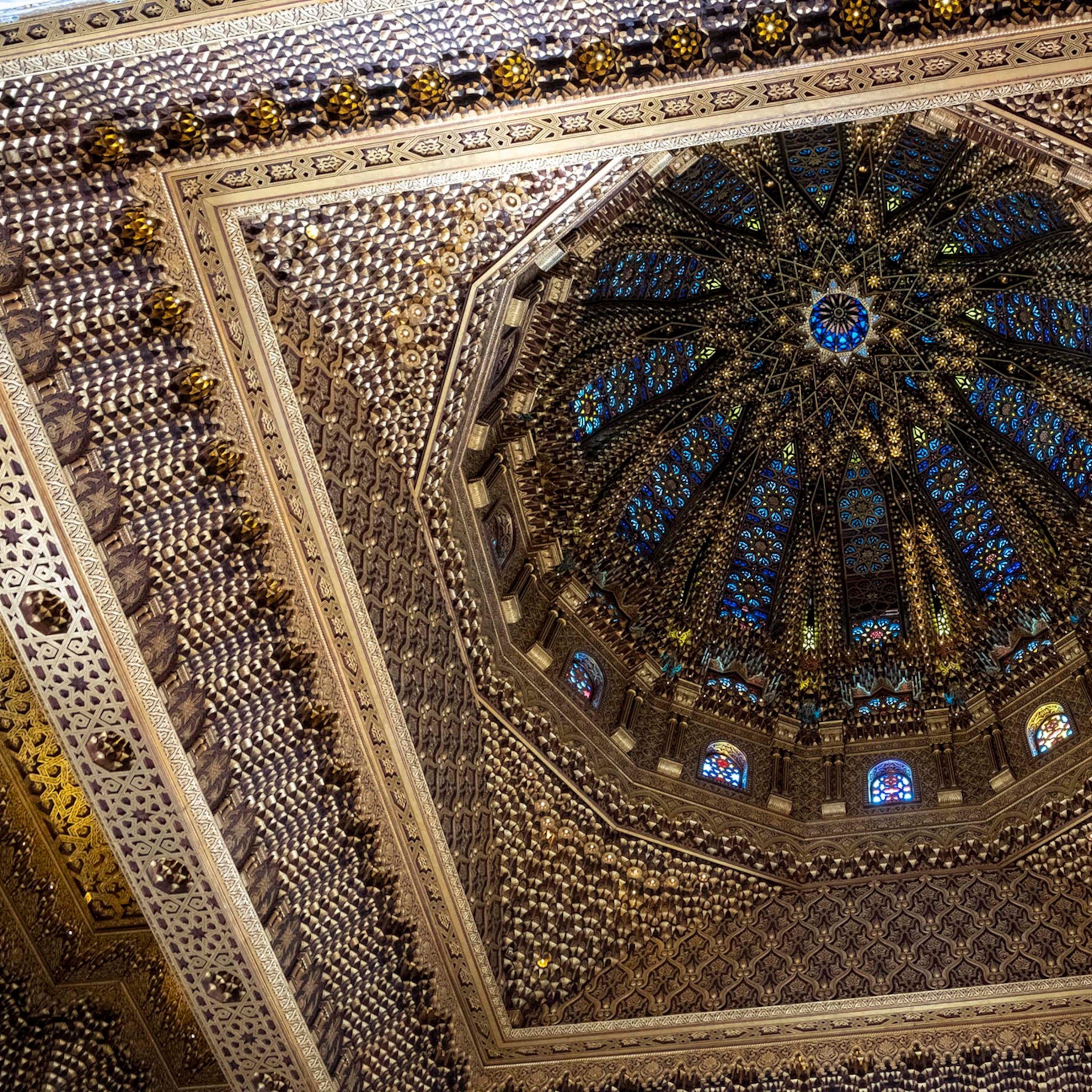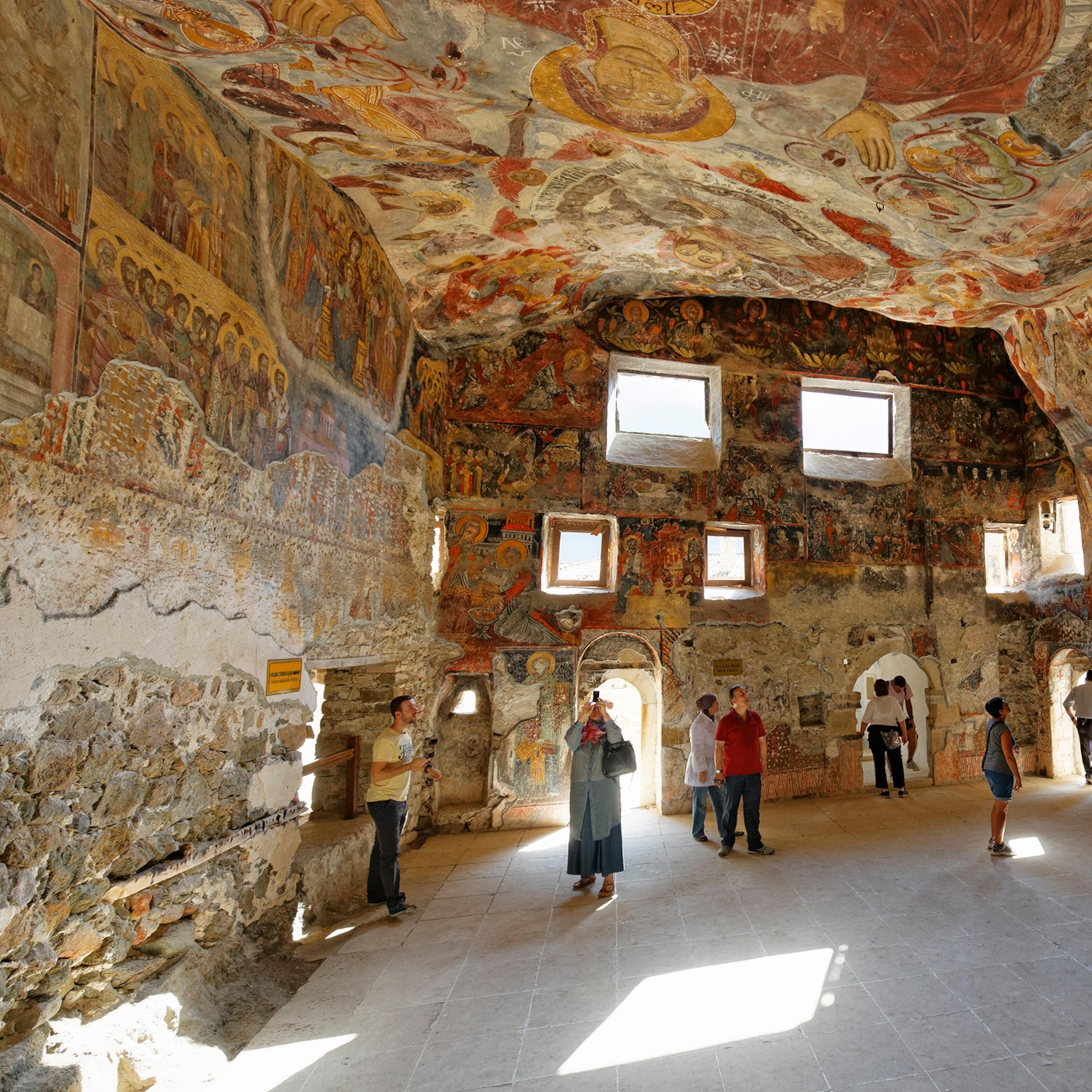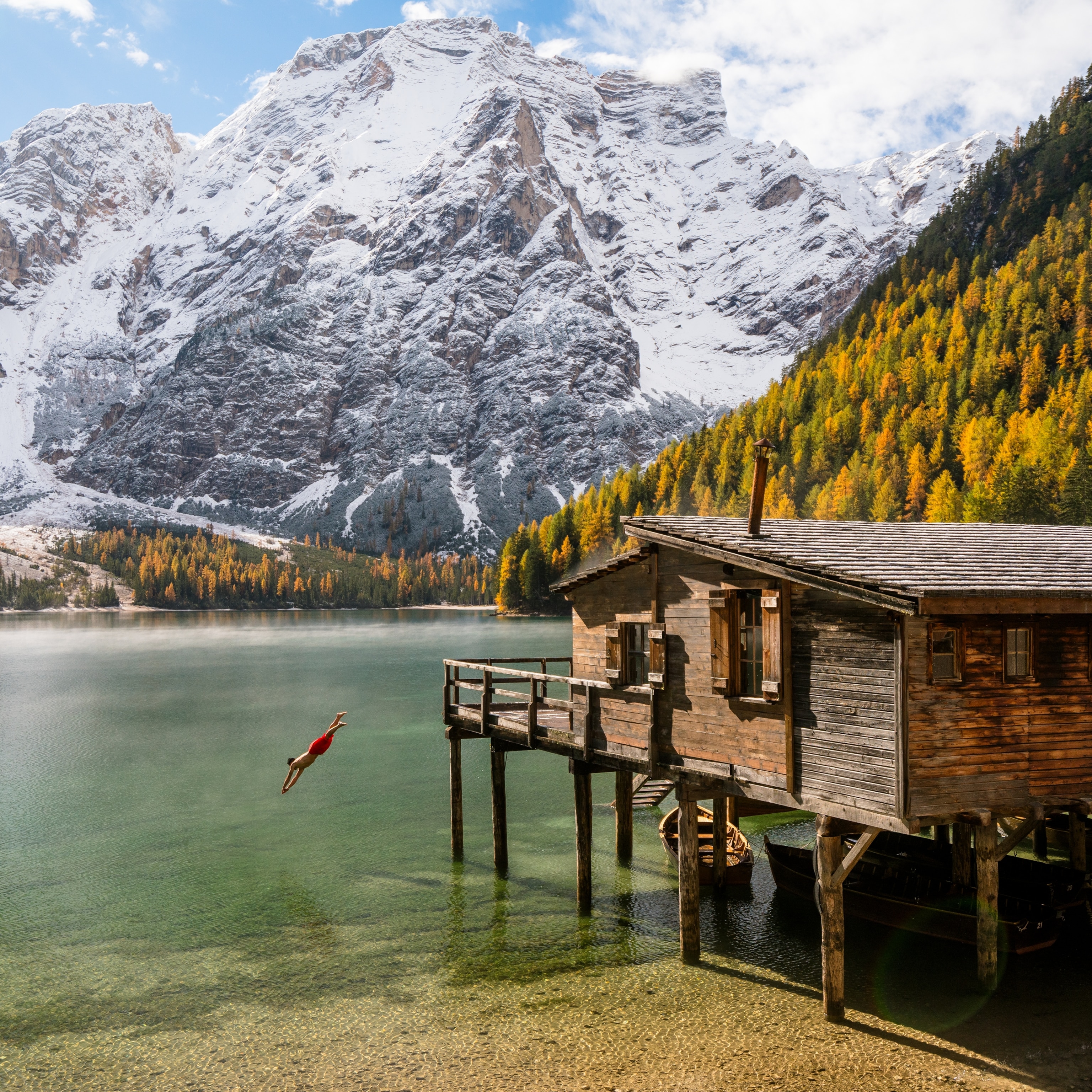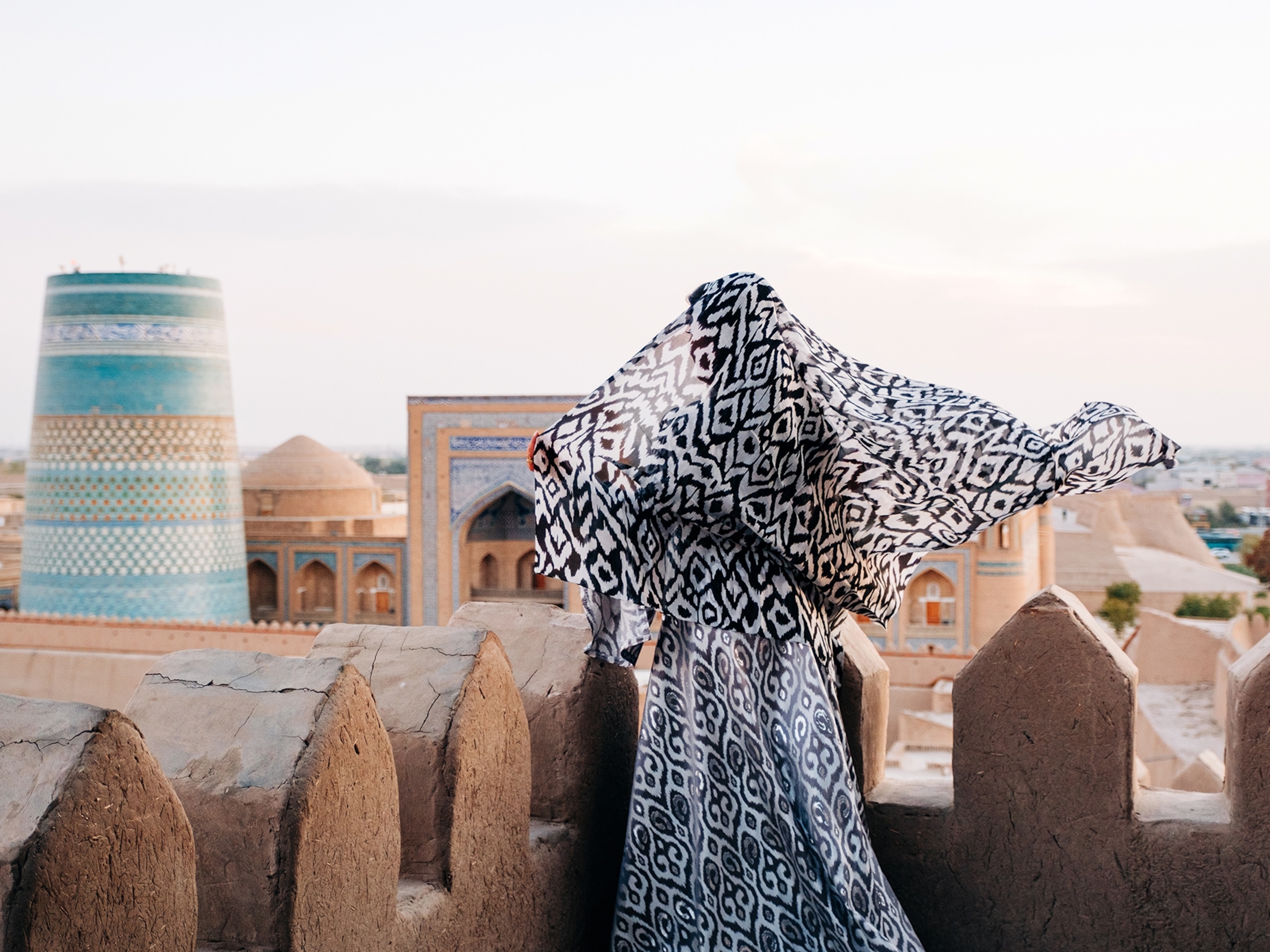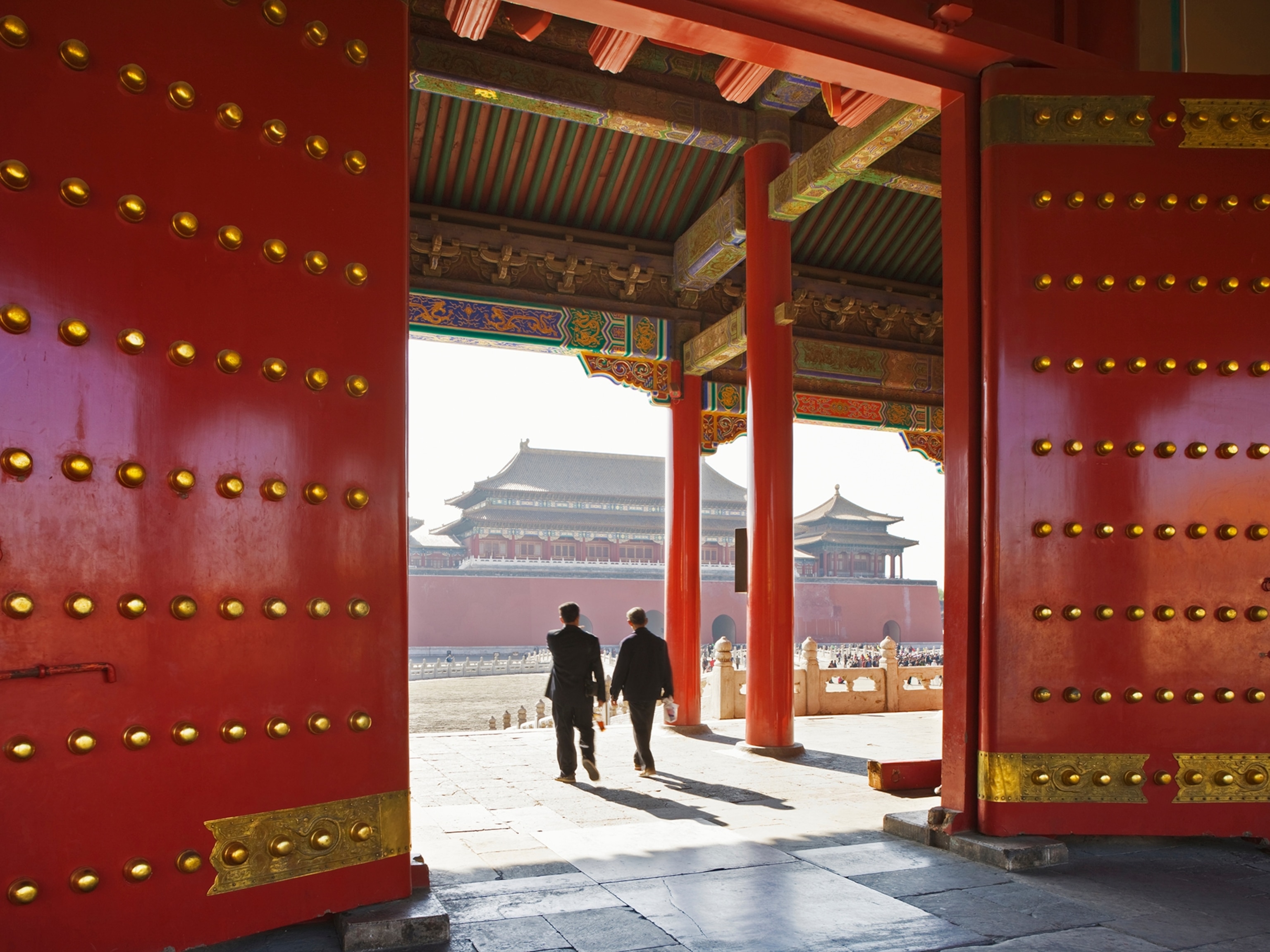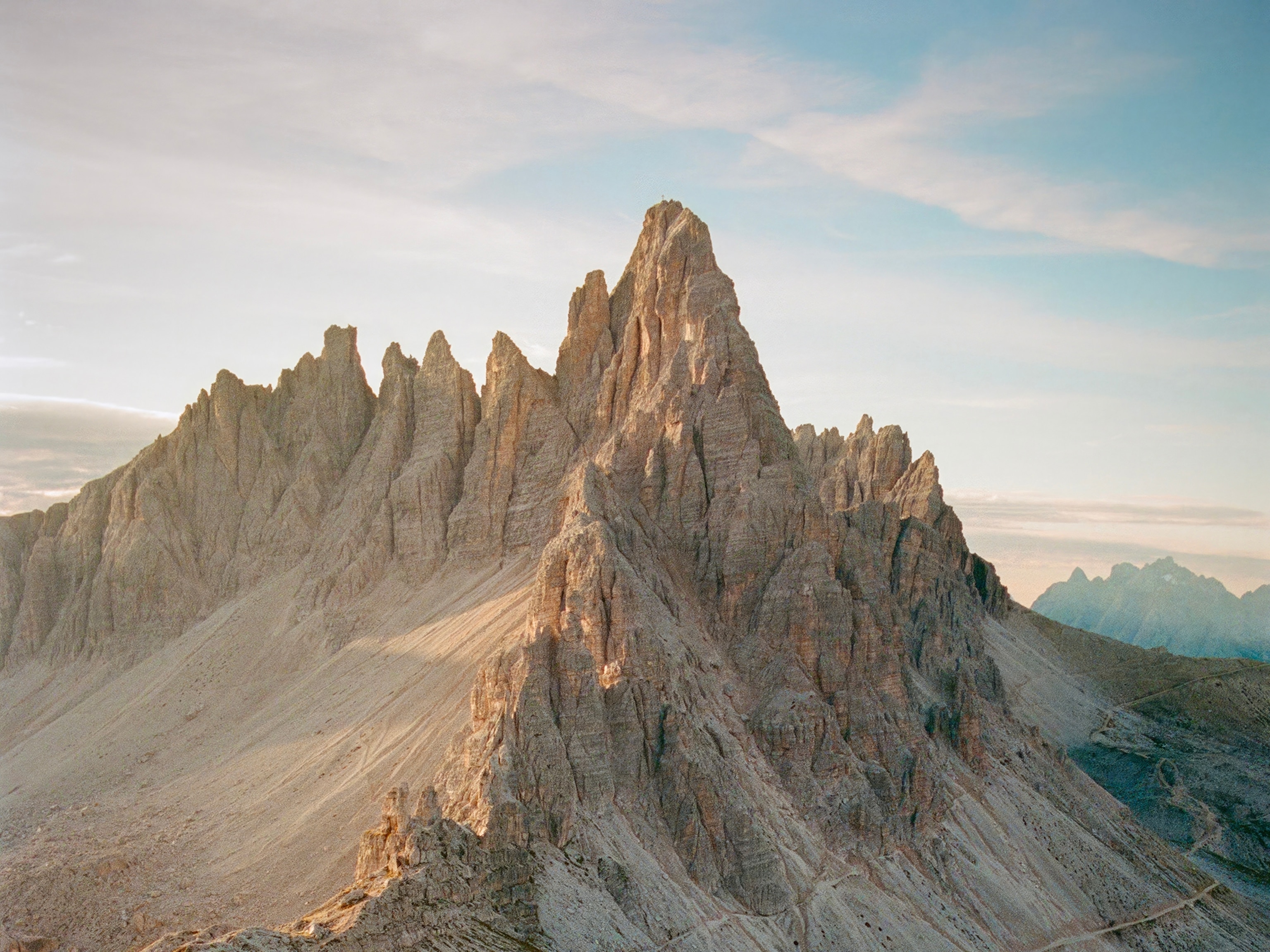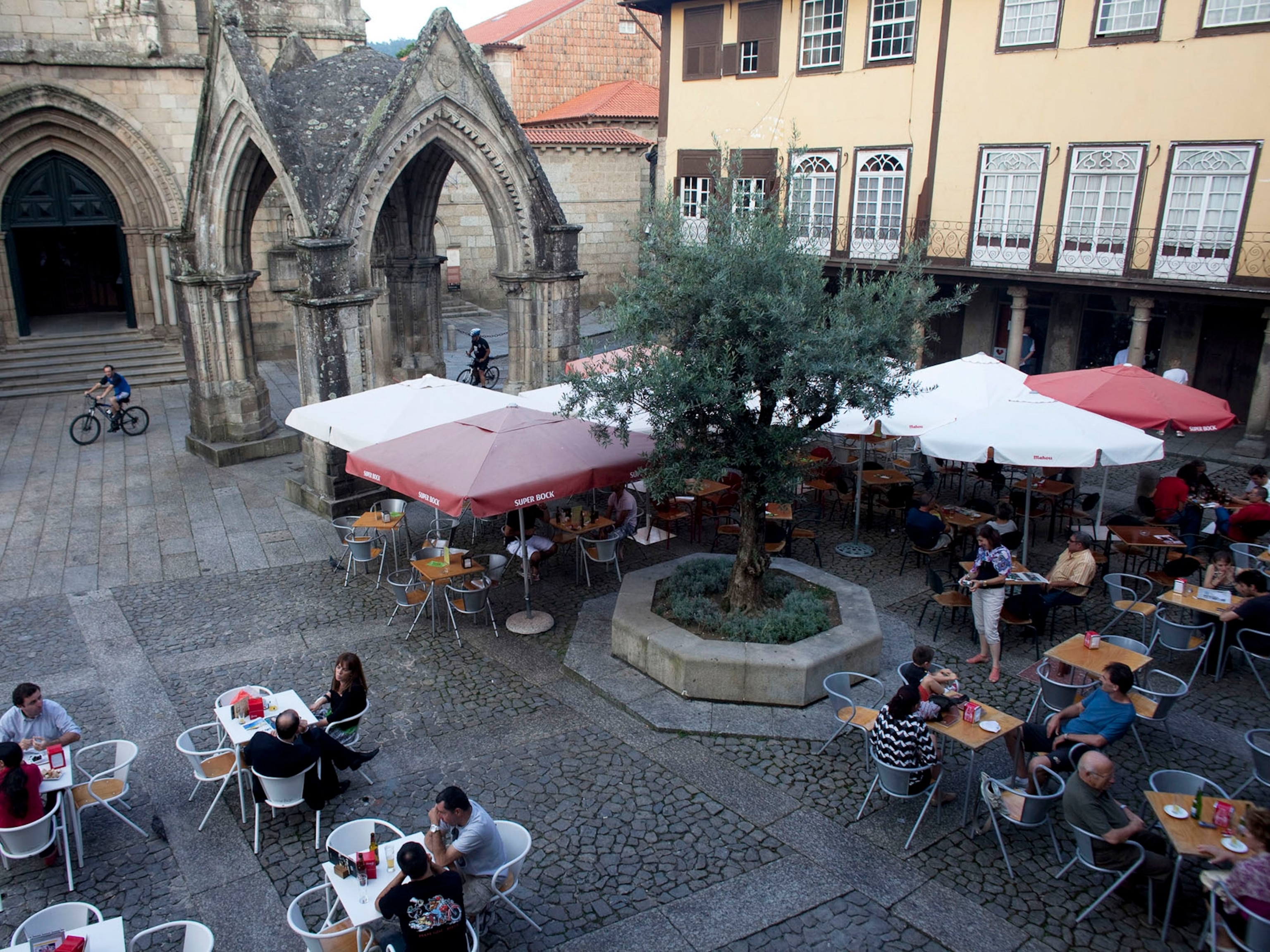Khiva, Uzbekistan: This Silk Road city is stepping out of the shadows in 2026
Khiva’s rich history and perfectly preserved architecture have long been difficult to reach—but no more. See how this UNESCO treasure is opening up to the world.
Legend has it that Khiva was founded by Shem, son of the biblical Noah, which might explain why this walled city in western Uzbekistan is laid out in the shape of an ark. Archaeologists agree that Khiva has been continually inhabited for more than 2,500 years, and the Itchan Kala—the inner city—was the first place in Central Asia to become a UNESCO World Heritage Site.
In spite of this rich history, Khiva was always difficult to reach: It is 280 miles from Bukhara, the next major oasis on the Silk Road caravan trail. But 2026 is the year when that changes. A new bullet train service is launching, connecting Khiva directly to Bukhara and Samarkand, and cutting the journey time from Uzbekistan’s capital, Tashkent, from 15 hours to 7 hours 40 minutes. At the same time, nearby Urgench International Airport is undergoing a major renovation, increasing its capacity to three million passengers per year.
Anticipating an influx of visitors, Khiva is expanding its tourism offering. The new Arda Khiva complex brings to life a fairytale: The architecture is inspired by the Itchan Kala, but there’s also an aqua park, a 1.2-mile canal with gondolas, and a 3,000 seat amphitheater for concerts. Golden Eagle Luxury Trains and The Samarkand Express are both including Khiva in their 2026 rail itineraries, and Mercure Khiva has plans to open a five-star hotel.
What to do
Khiva’s main attractions are concentrated in the Itchan Kala, the 26-hectare walled city. Within the walls you will find dozens of architectural monuments—at the start of the 20th century, there were nearly 170 mosques and madrassas, though not all have survived. These are the highlights.
Islam Khodja Minaret: Rising 187 feet, this colorfully striped and tapered minaret is the second tallest in Central Asia. Built in 1910, it is modern by Khiva’s standards, but an elegant addition to the city’s skyline. If your legs are up to it, it is well worth climbing the 175 steps to the top for bird’s-eye views of the Ichan Qala.
Pahlavan Mahmud Mausoleum: In a strange twist of fate, a 13th-century wrestler, poet, and furrier became Khiva’s patron saint and also the namesake of the annual Strongmen Games. His magnificently tiled mausoleum was built 500 years after his death but still dazzles visitors with its intricate decoration in every shade of blue, turquoise, and green.
Juma Mosque: Khiva’s cathedral mosque is a forest of 213 individually carved wooden pillars, the oldest of which date from the 10th century, and the complex patterns are unique in their designs.
Nurullaboy Palace: Just outside the Itchan Kala, this palace combines architectural styles and technologies from Khiva and Imperial Russia: Two of the chandeliers were a gift from Tsar Nicholas II. Don’t miss the landscaped gardens and the exhibition of vintage photography Khudaibergen Divanov, one of Khiva's first professional photographers.
When to go
With a continental climate and desert ecosystem resulting in extreme summer and winter temperatures, the best times of year to visit Khiva are in the spring and in the fall, when the weather is neither too hot nor too cold. The optimum months are March and November, the shoulder season, when the days are a little cooler but the blue sky and bright sunshine still create a photogenic backdrop for the dazzling tiles of the monuments. 20-21 March is also Nowruz, the traditional New Year, which occurs on the spring equinox. It’s a national holiday with concerts, parades, and feasting.
Where to eat
Uzbekistan’s cuisine is yet to take over the world, but the national dish, plov, has earned UNESCO Intangible Cultural Heritage status and is gaining an international fan base. Watching an osh paz (master chef) layer the basmati rice with onion and yellow carrot sticks, steak, spices, whole bulbs of garlic, and even hard-boiled quail eggs, then smelling the fragrance as it cooks, is guaranteed to build up an appetite.
Khiva’s speciality is called shivit oshi. These hand-stretched noodles are a verdant green, as handfuls of freshly chopped dill are mixed in with the dough. The noodles are served with a slow-cooked stew of meat and root vegetables, usually topped with a dollop of thick sour cream and a sprinkle of herbs.
Terrassa Cafe & Restaurant: Khiva’s best spot for coffee and snacks is this multi-storey cafe overlooking the Kunya Ark and Muhammad Rahimkhan II Madrassa. Request a table on the rooftop or the balcony to get uninterrupted views and a cooling breeze.
Zarafshon Cafe: Occupying the historic building of the former Tolib Maxsum Madrassa, this atmospheric, family-owned restaurant serves traditional Uzbek dishes, including plov, shivit oshi, and mantis (stuffed dumplings). On warm evenings, Zarafshon’s staff also lay out tables on the square so you can dine al fresco, looking up at the Islam Khodja Minaret.
Restaurant Sofra: Sofra puts a modern spin on Uzbek cuisine and throws a selection of international dishes into the mix. It’s a stylish location situated just outside the Itchan Kala, so is often less crowded.
Where to stay
Accommodation options range from historical monuments and design-focused boutique hotels to palatial properties combining Khorezmian style with international service.
Hotel Bankir Khiva: One of Khiva’s best boutique hotels is the creation of Singapore media personality Timothy W. Go and his co-founder Muhammadali Erkinov, whose grandfather Erkin Bankir (“Erkin the Banker”) inspired the hotel’s name. Its rooftop views are superb, taking in the Itchan Kala’s walls and all six of its minarets.
Hotel Orient Star: Spend your nights in one of Khiva’s most famous monuments, the 19th-century Mohammed Amin Khan Madrassah. The rooms were once monastic students’ cells; the tiled portico and courtyard are spectacular.
Farovon Khiva: Neighboring Arda Khiva but still close enough to the Itchan Kala, this five-star hotel is calm, spacious, and the swimming pool is most welcome on a hot summer’s day.
Getting around
The long-planned arrival of the high speed train in Khiva in 2026 will make it faster and easier to reach the city than ever before. The new train station (which is already accessible by sleeper train) is a five-minute taxi ride or 20-minute walk from the Itchan Kala.
The closest international airport to Khiva is in Urgench, 23 miles away. The most useful international routes are from Istanbul with Turkish Airlines and from Paris, Madrid, and Rome with Uzbekistan Airways. There are also daily flights to Tashkent, with onward connections across Europe and Asia, as well as to New York. A taxi from the airport to Khiva costs around $12.
Walking is the best way to explore Khiva. Almost all of the Itchan Kala is pedestrianized, and most hotels and attractions outside the city walls are only a short distance away. The Yandex Go taxi app is convenient for longer trips.
